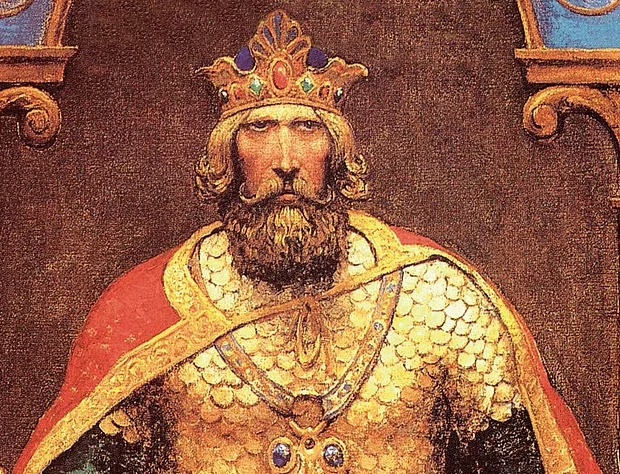King Arthur may have been a member of the so-called LGBTQ+ community, a council in Wales has claimed, as it is rumoured he once wore women’s clothing.
A chronicle created by Denbighshire Council documents key moments in LGBTQ+ history, including the Welsh ruler. It was part of the council’s mission to celebrate “local histories of sexual orientation and genre identity.”
The initiative was part of Welsh Government-commissioned training on LGBTQ+ language and history for local libraries, museums and archives.
Just last month, Welsh librarians were ordered to avoid holding meetings in “racist” buildings as part of a crackdown on colonialism.
The guidelines, drawn up by decolonisation experts, appeared in training manuals for Welsh librarians. Now an LGBTQ+ timeline has emerged in an attempt to raise “awareness and understanding” among communities across Wales.
The earliest references to King Arthur date back to when he was portrayed as a successful “dux bellorum” – or warlord.
References to King Arthur’s sexuality are found in the Welsh mythological book Mabinogion, but he was never mentioned in scripture.
It has subsequently been argued that the ruler was included in the chronology because he “wore women’s clothing.” The Action Plan seeks to address inequalities in LGBTQ+ issues. It states that:
“The history, culture and heritage of LGBTQ+ people in Wales have contributed to our heritage and experience as a nation and these stories must be told.”
This comes after Librarians for Wales issued guidance identifying “racist buildings” suitable for meetings.
The previous Wales guide listed many notable locations, including monuments and statues, that were linked to slavery and empire, including Admiral Nelson, Francis Drake and the Duke of Wellington. It also listed the entire village of Nelson in Caerphilly with a population of 4,600, as well as the Picton Community Centre in Haverfordwest.
